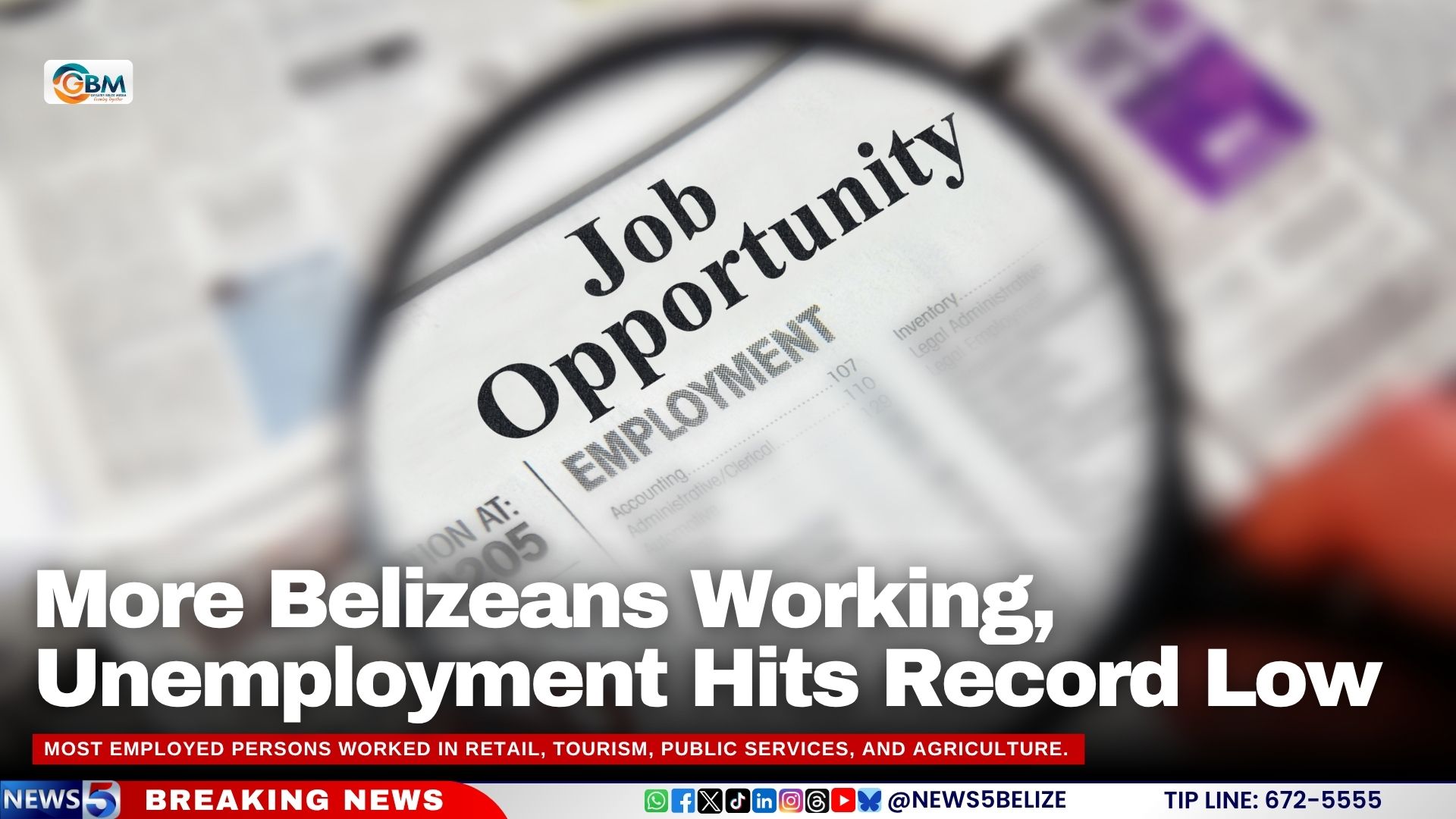Prime Minister John Briceño told the nation this morning that “the sugar crop has come to an end, and it’ll be one of the worst sugar crops we’ve had in a long time.”
He said that the industry is experiencing an “existential crisis”, following the premature end of the 2024–2025 sugar cane harvest season and a devastating outbreak of a plant disease ravaging northern cane fields.
“I just received a short WhatsApp message from Marco Osorio, chairman of the Sugar Industry Control Board (SICB), informing me that cane deliveries have stopped, marking the end of the crop season,” the Prime Minister revealed.
“This has been one of the most, if not the most, challenging crop seasons in recent memory,” Briceño said, citing a combination of adverse weather, pest infestations, and most critically, the aggressive spread of Fusarium wilt disease, a fungal infection that has decimated cane fields across the northern districts.
According to the Prime Minister, a field assessment conducted last November by the Sugar Industry Research and Development Institute (SIRDI), the Belize Agricultural Health Authority (BAHA), and the Ministry of Agriculture revealed that more than 60,000 acres of sugar cane were infected by Fusarium. Of these, 8,060 acres were severely infested, while approximately 35,500 acres showed mild infection. The findings projected an estimated 30% decline in total cane production, equivalent to a loss of 215,000 tonnes of cane.
“What was surprising to many, myself included, is that this fungus has actually been around for nearly 30 years,” Briceño explained. “But the combination of heavy rains followed by extreme drought created the perfect conditions for it to multiply rapidly.”
The PM also acknowledged that the impact is not limited to quantity but also affects quality. “There will be a significant reduction in yield per acre as well as a fall in the quality of cane harvested. This affects efficiencies both in the fields and at the BSI factory.”
Marco Osorio’s update highlighted a cascade of issues facing the industry this season: poor cane yields, challenging field conditions, a limited harvesting workforce, lower sugar output, and an unfavourable cane price estimate, all factors contributing to the poor performance of the crop.
“This is a very difficult time for the sugar industry,” Briceño stressed. “It requires all hands on deck- Government, farmers, and the miller, to join forces and develop a coordinated plan of action.”
Despite the bleak outlook, Briceño remains hopeful. “The resilience of our farmers is being tested, but together we will find and implement solutions to advance the industry, and we will succeed.”
